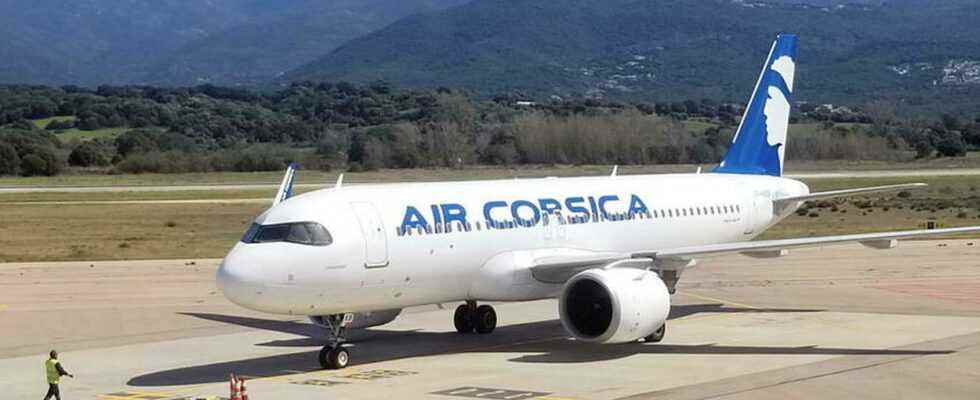PReturning a plane to Ajaccio and landing in Bastia should be a thing of the past since some Air Corsica aircraft are equipped with satellite guidance and no longer have to content themselves with a more restrictive ground beacon trajectory. For regular travellers, this is real progress which makes it possible to avoid ending up in Bastia twenty times a year during winter storms. And in the summer, in the event of storms, a noria of coaches is necessary to transport the thousands of tourists who reach Corsica to the right destination. Bookings for the next few months are higher than in 2019, up to 25% more, according to the company.
This so-called RNP AR (Required Navigation Performance) procedure is unique in Europe and has also been tested in Switzerland and Austria. The precision of satellite guidance makes it possible to fly safely as close as possible to relief, and therefore to shorten trajectories. Clouds can descend up to 200 meters. The procedure put in place by civil aviation in Ajaccio could concern other landlocked airports and near the mountains such as Chambéry, Calvi, Figari, Cannes, Nice. The constellations of satellites used are those of GPS and the European Galileo. The plane picks up the signals from a dozen satellites while four are needed. In the event of a failure, the position is calculated by the aircraft’s inertial unit, which is independent of external information. A plan C is even planned based on the intersection of three circles centered on as many beacons on the ground (classic school subject of geometry!).
READ ALSOFlight schedule, ticket prices… What Air France is planning for the summer
Avoided flyover of 20,000 people
Arriving in Ajaccio from the mainland, a plane flies over a beacon located on the Sanguinaires Islands then asks to follow waypoints along the north coast of the harbour. The trajectory passes over the built-up area and plans to turn right before the hills to line up on runway 20, facing the sea and facing the wind. In RNP, the plane arrives directly from the Gulf of Sagone, largely avoids flying over the city and joins final 20. Result, 10 min of flight against 15 to 18 min in bad weather passing through the Sanguinaires. The ecological balance sheet is not insignificant. Nearly 20,000 people are no longer flown over. Reduced flight time translates to 12 tons of CO emissions2 less per year.
Air Corsica, a local mini-company, is also a laboratory using the latest generation aircraft. Thus between Ajaccio or Bastia and Orly, it flies the latest generation Airbus A320neo and older A320ceo due to be replaced. The same flights made by the two types of aircraft every day clearly show the 15% gains in consumption between generations. Between Orly and Ajaccio, an A320neo consumes 3 tonnes of kerosene, compared to 3.6 tonnes for an A320ceo. Added bonus, thanks to a better cabin design, the neo offers 186 seats compared to 180 for the ceo.
